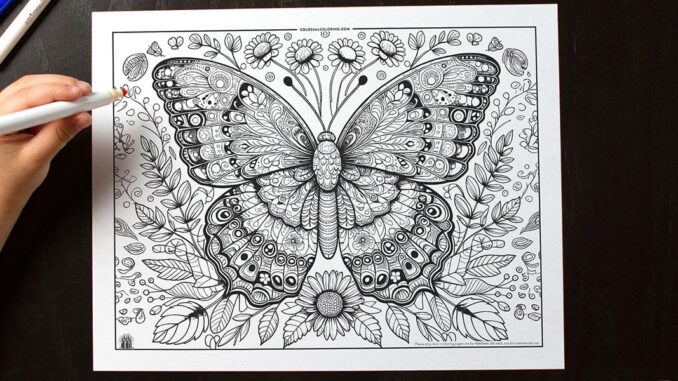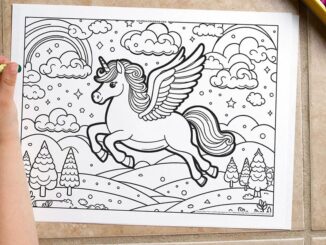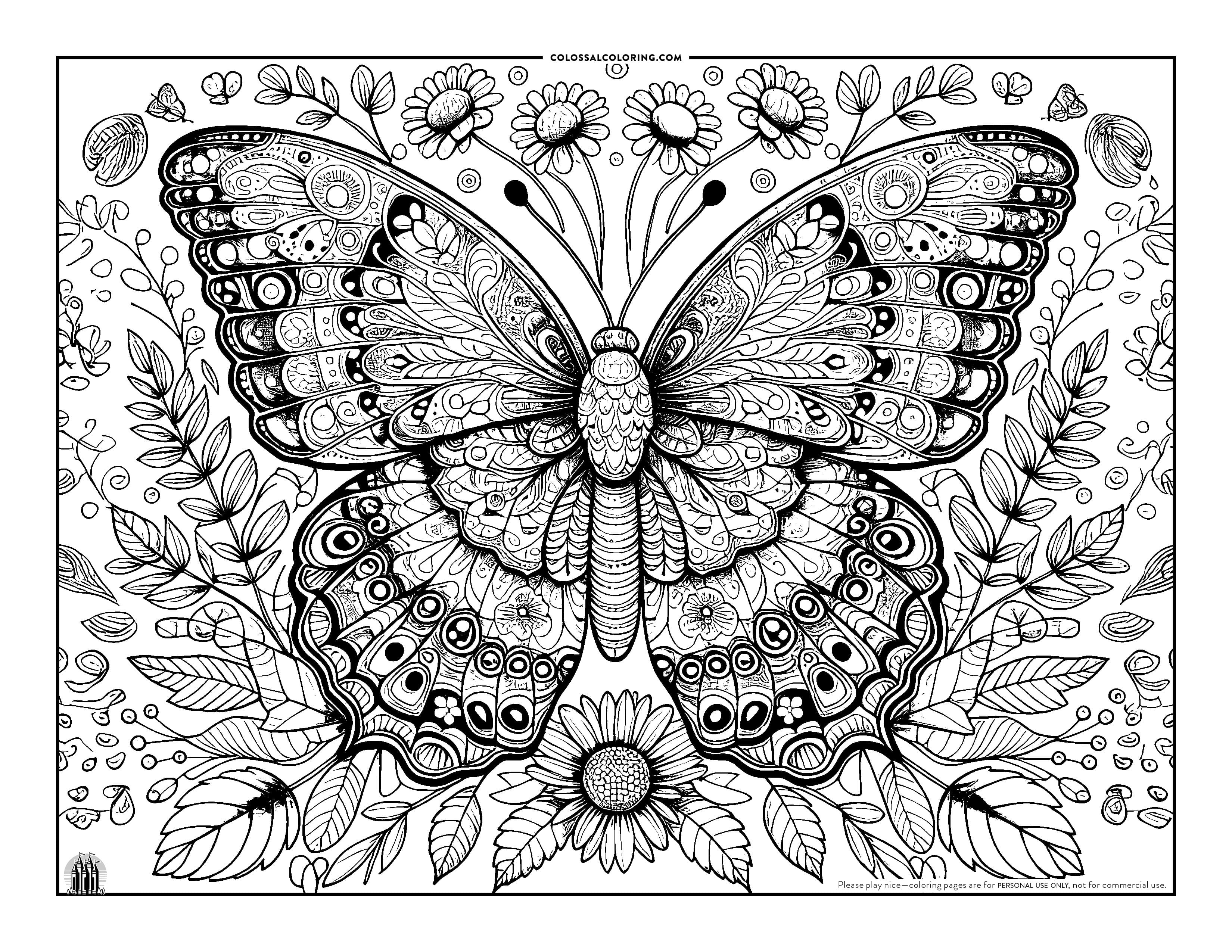
Hey, young explorers! Have you ever watched a butterfly flutter by and wondered about its colorful life? Butterflies are not just beautiful creatures; they have fascinating lives that we’re going to explore today. Let’s dive into the world of butterflies and discover some amazing facts!
What is a Butterfly?
A butterfly is an insect, which means it has six legs, a pair of antennae, and a body divided into three parts: the head, thorax, and abdomen. What makes butterflies special are their wings. These wings are covered with tiny scales that give them their vibrant colors and patterns.
The Life Cycle of a Butterfly
- Egg: A butterfly’s life starts as a tiny egg, usually laid on a leaf.
- Caterpillar: The egg hatches into a caterpillar. This is the stage where it eats a lot of leaves and grows quickly.
- Pupa: After a while, the caterpillar wraps itself in a cocoon, becoming a pupa. Inside the cocoon, a big change is happening.
- Butterfly: Finally, the cocoon opens, and a beautiful butterfly comes out! Now it will start the cycle all over again by laying eggs.
Types of Butterflies
There are over 20,000 types of butterflies in the world! Some popular ones include:
- Monarch Butterfly: Known for its long migration.
- Swallowtail Butterfly: Famous for its tail-like extensions on its wings.
- Blue Morpho: Recognized for its stunning blue wings.
Butterflies and the Environment
Butterflies are important for our environment. They help pollinate flowers, which means they help plants produce fruit and seeds. They are also food for other animals, making them an important part of the food chain.
Fun Facts
- Some butterflies can see colors humans can’t, like ultraviolet light.
- Butterflies taste with their feet!
- The largest butterfly in the world is the Queen Alexandra’s birdwing, with a wingspan of almost 1 foot.
Conclusion
Butterflies are more than just pretty insects; they are important creatures that help our environment. Next time you see a butterfly, remember all the amazing things you’ve learned about them. Maybe you can even spot the different stages of their life cycle in your backyard!





